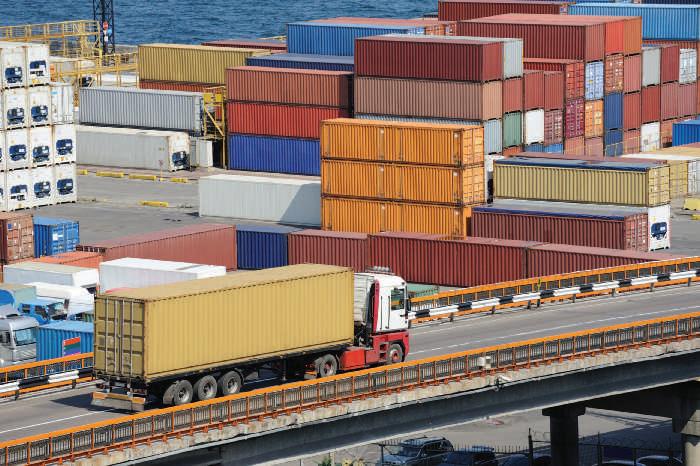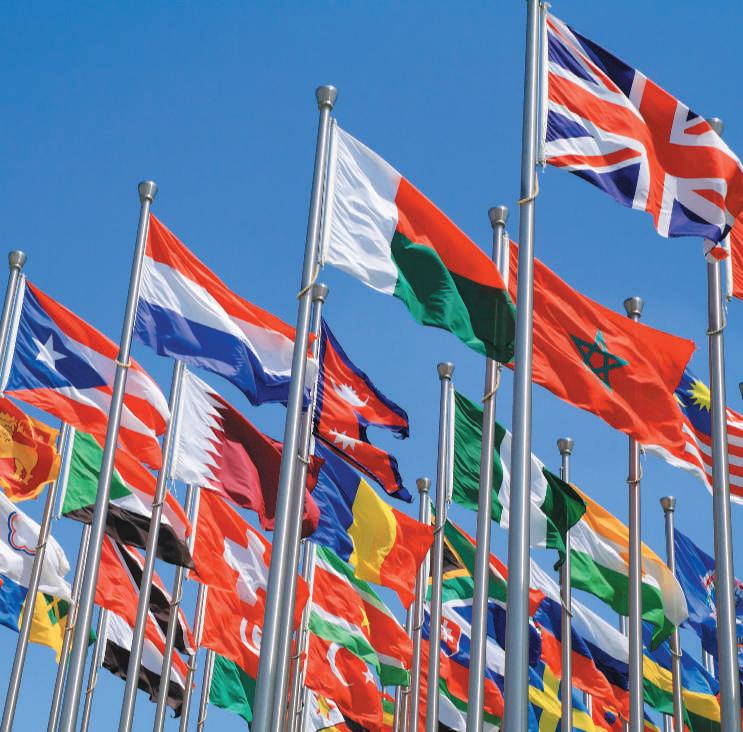G lo b al P rod u ctio n
325
In-house production is sometimes the only option for components and raw materials that are highly specialized, particularly as a matter of trust. A hospital that is deciding to “make” or “buy” some highly specialized medical equipment provides a good example. This medical equipment is a component of a service, for instance, a medical procedure that only this hospital can offer. The making means that the hospital would buy and operate the equipment, and the buying means that the hospital would contract the services from a supplier that would own the equipment. In this example, if the hospital buys the services from a supplier, then the hospital and the supplier are totally dependent on each other. Because of this dependency, the hospital will have a difficult time finding a willing supplier, and, at the same time, if the hospital were lucky enough to find one supplier willing to take the risk, the hospital would still be afraid of being taken hostage by the supplier, because the supplier knows that it would be extremely difficult for the hospital to find another supplier. In short, because of a lack of mutual trust between the hospital and any willing suppliers, the hospital will have no choice but to invest in this highly specialized medical equipment. In-house production is advantageous because it secures the supply source. In March 2000, lightning hit a power line in Albuquerque, New Mexico. The strike caused a massive surge in the surrounding electrical grid, which in turn started a fire at a local plant owned by Philips Electronics, and damaged millions of microchips. As a result, the mobile phone company Ericsson, which purchased the microchips from Philips and had no alternative source, encountered production problems that lasted for months and caused a loss of $400 million in sales.10 When components and raw materials involve intellectual property, making affords complete protection of the intellectual property. For example, we know of an oil and gas company that was deciding whether to make or buy a new technology for oil extraction from unconventional sites. Because one of the major technology components involved intellectual property, the oil and gas company decided to produce the component in-house.
13-3b Disadvantages of Making The primary disadvantage of making is that it requires the company to have expertise in the production of the component or raw materials that will be made. Moreover, by making, the company may be missing out on the technological advances that the suppliers may have. If Ford decided to make the tires for its automobiles, for example, Ford would need to acquire expertise in tire production, which may not be a good strategy. In fact, Henry Ford’s vision was to make as many components and raw materials as possible. However, he quickly realized that this was inefficient and began to outsource many components and raw materials. Ford could be assured of getting access to the latest technology in tire production by buying the tires from manufacturers such as Michelin and Firestone. A second disadvantage of making is that the people producing the component or raw material, sometimes called internal suppliers, may not have the incentive to improve their product since they do not face competition. Companies sometimes resort to what is called dual sourcing, or producing in-house and purchasing from suppliers the components and raw materials they need. This provides the motivation to the internal suppliers to be as efficient as the external suppliers. Boeing, for example, has considered dual sourcing some work for the 787 Dreamliner, relying upon Boeing workers and upon suppliers to provide some components.11 An added advantage of dual-sourcing is that the firm has internal expertise by which to judge the quality of work being done by suppliers. Another disadvantage of making is that the firm may not be able to gain the economies of scale that can be gained by a supplier that is able to pool the activity of a large number of firms. Any tire company, such as Goodyear or Goodrich, should be able to enjoy economies of scale much greater than those of Nissan or Mercedes-Benz, for instance, if they were making tires for their automobiles.
dual sourcing
when components and raw materials are produced in-house and purchased from suppliers
Copyright 2017 Cengage Learning. All Rights Reserved. May not be copied, scanned, or duplicated, in whole or in part. Due to electronic rights, some third party content may be suppressed from the eBook and/or eChapter(s). Editorial review has deemed that any suppressed content does not materially affect the overall learning experience. Cengage Learning reserves the right to remove additional content at any time if subsequent rights restrictions require it.







































